Working out with your running shoes may not be the best practice for you simply because running and training at the gym involve very different types of movement. In fact, these two are quite dissimilar activities, each requiring its own pair of shoes. Does this mean that you can’t work out with your running shoes? Not necessarily. It simply means that you probably shouldn’t, even though running and training shoes do look very much alike. Nevertheless, if you look a bit closer, their design differs substantially. Here are some must-know details before deciding which shoes you want to wear today for your daily and sporting endeavours.
THE DIFFERENCE BETWEEN RUNNING AND TRAINING SHOES
First, running shoes are designed for use on packed surfaces with small irregularities and, of course the pavement, while training shoes are designed for CrossFit or gym workouts where your contact with the ground is more than running.
Secondly, although both types of shoes are lightweight and comfortable for easy and efficient movement, running shoes are also designed to help absorb shock, stabilise and cushion the feet during repetitive strides and pavement pounding. This type of support is not needed nor found in training shoes, which are primarily used for high-intensity gym classes, agility training, strength training, weightlifting and some cardio exercises.
What training shoes do provide, however, is more versatility than running shoes so they can be suited to different types of workouts and enable a larger range of movement (i.e. quickly changing direction, stopping, and jumping). Running shoes, on the other hand, only need to provide support to the areas of the foot that get the most pressure. Given that running involves mostly backwards and forwards movements, one can understand why running shoes do not need to offer support to the sides of the feet, which are the areas that get the most pressure during gym training.
Finally, running shoes are designed with a higher heel drop than training shoes as a means to protect the feet and ensure more comfortable long-distance running experiences, which is why they are a tad lighter than training shoes.
PROS OF WORKING OUT IN YOUR RUNNING SHOES
First of all, you save money as you do not need to buy two separate pairs of shoes for your running and working out activities. However, please note that although you will have one shoe fitting in two places, they will wear out quicker than if you had one for each activity. This could mean more expenses for you in the long run.
That aside, wearing your running shoes at the gym saves you time between workouts if your schedule involves doing both gym training and running in one day. In this case, you simply wear your running shoes to jog and then go straight to training without having to stop and change shoes. Plus, it’s better to have a single pair of shoes to clean and look after than two!
CONS OF WORKING OUT IN YOUR RUNNING SHOES
As mentioned above, running shoes are not designed to hold your foot in place under heavy loads, which is the case when you do heavy lifting such as squatting or deadlifting. They are designed with a soft platform, flexible uppers and soft cushioning, which might even cause injuries when gym training.
Speaking of injuries — training and running shoes both help prevent injuries by providing specific types of support. A shoe-activity mismatch can boost your chance of getting hurt. For example, running shoes come with cushioning and extra support that can prevent you from landing properly during gym training. This makes you more prone to knee and ankle injuries (i.e., ankle sprains), especially during lateral movement.
Running shoes also have foam that is much needed for running. If you wear them while performing lateral or high impact movements or heavy lifting, the foam becomes compressed, which makes the shoe useless for running. This means that you will wear them out quicker than if used only for running.
Not to mention the discomfort you will probably feel if you train in your running shoes. Chances are you may experience pains, aches, blisters and soreness if your shoe is not cut for the type of workout you are doing.
Finally, suppose you are interested in strength-increasing exercises such as plyometrics. In that case, you may not get much out of a running shoe as it is not designed to have the same flexibility, traction and grip as a training shoe.
THE VERDICT
If you are a serious gym-goer or runner, it is probably worth investing in a pair of shoes cut for the particular activity you fancy so you improve your performance, avoid injury and feel more comfortable when exercising. Recreational gym-goers (i.e., you only do light cardio and workouts) and runners (i.e., weekend-only runners), on the other hand, may find it impractical and infeasible to have multiple pairs of exercise shoes. In this case, you can train in your running shoes (and vice versa), though not the best option. In order to avoid injury and pain, it’s probably worth it to invest in a pair of exercise shoes that fit the sport you’re taking part in.

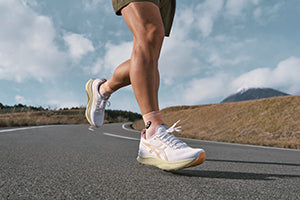
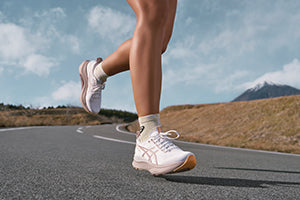

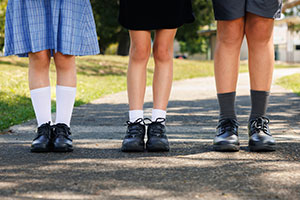




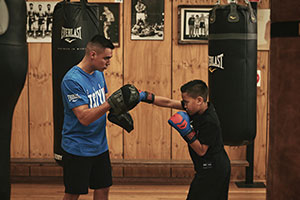


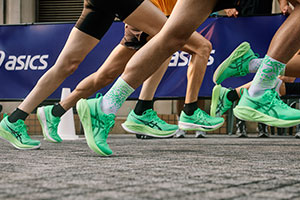
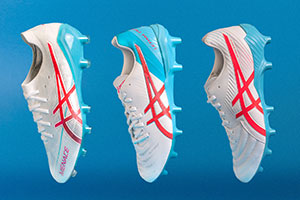







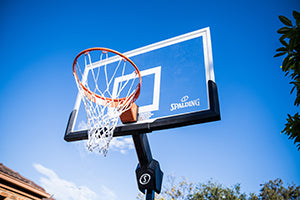
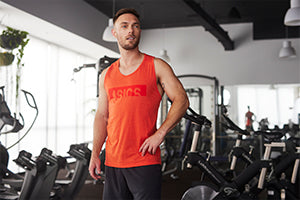
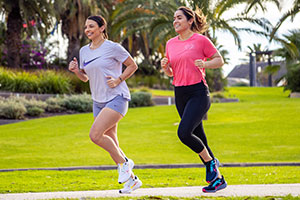



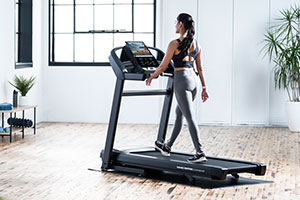

Comments